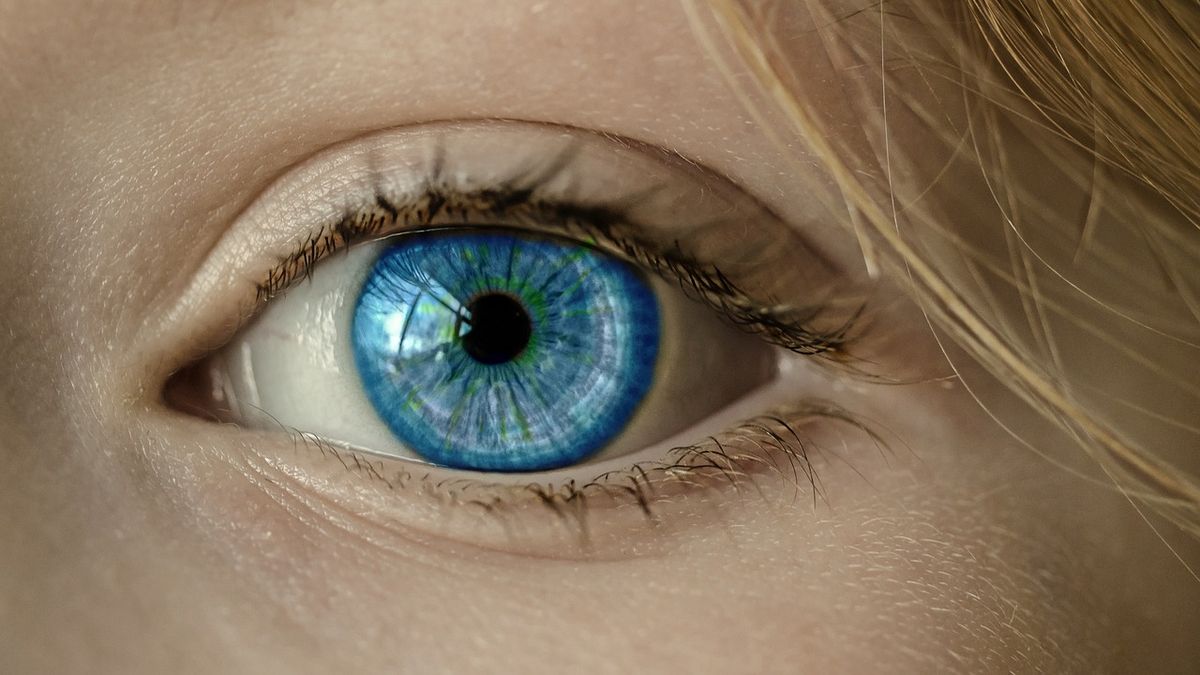Conjunctival degenerations, that is, of the white tissue of the eye, are very common ocular lesions, although they can be confused with pathologies of greater clinical relevance such as, for example, malignant tumors.
Conjunctival degenerations, that is, of the white tissue of the eye, are very common ocular lesions, although they can be confused with pathologies of greater clinical relevance such as, for example, malignant tumors.
The content you want to access is exclusive to subscribers.
Therefore, proper diagnosis and treatment for each case are of utmost importance. The term “degeneration” refers to lesions that do not have a genetic-hereditary basis and that, to different degrees, usually compromise the cornea.


The pinguecula It appears as a yellowish-white bump, most often near the nose. Its origin is related to an increase in exposure to ultraviolet radiation. Its evolution is variable, in general, it does not tend to grow on the cornea, but it can increase in thickness and become annoying. The symptoms are related to its height and thickness, and, therefore, it can evolve into recurrent superficial erosions that cause the lesion to become inflamed. For its treatment, artificial tears, topical non-steroidal anti-inflammatories, vasoconstrictors or corticosteroid drops are used. In patients with many symptoms, it can be removed. It is important to educate about the importance of photoprotection with sunglasses to prevent the lesion from growing and evolving into a pterygium.
Pterygium is a fibrovascular type lesion that advances from the conjunctiva to and on the cornea. Its name derives from the Greek pterygoswhat does it mean wing, due to its morphological similarity. Symptoms include cosmetic alteration, chronic irritation, defects in visual quality – such as astigmatism – and, to a lesser extent, ocular mobility defects due to their proximity to the muscles that allow eye movements.
There are several surgical techniques for its excision and there is no consensus on which is the best procedure to remove it. Therefore, it is essential to consult a specialist ophthalmologist.
Its main complication is its recurrence. It has a prevalence of between 2 and 15%, higher in countries close to the equator due to the higher levels of exposure to ultraviolet rays. It is 2 times more common in men than in women. In Argentina, it affects half a million people.
Little is known about its cause and also about the reasons that favor its return. However, in rural populations in tropical or warm climates, it is more common than in others. Therefore, the theory is that permanent exposure to ultraviolet (UV) rays – which are known to have the ability to promote cellular mutations – is one of the main risk factors for developing it and favoring its recurrence.
It occurs, then, more frequently in people who work outdoors and, especially, without adequate eye protection.
In general, when it is small, it generates symptoms of irritation, eye congestion and a foreign body sensation. In advanced stages, meanwhile, it can affect vision due to the invasion of the visual axis or the generation of corneal deformation.
Initially, treatment is with lubricating drops and protective glasses. In intermediate and advanced stages, and depending on the degree of vision impairment and the patient’s symptoms, it is surgical.
Ophthalmologist, head of the cornea transplant team of the Ophthalmology service of the German Hospital.
Source: Ambito
I am an author and journalist who has worked in the entertainment industry for over a decade. I currently work as a news editor at a major news website, and my focus is on covering the latest trends in entertainment. I also write occasional pieces for other outlets, and have authored two books about the entertainment industry.




